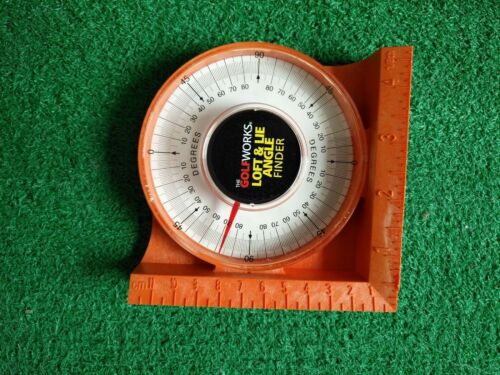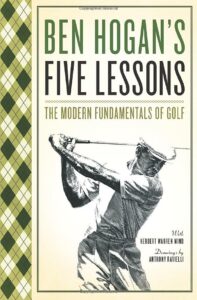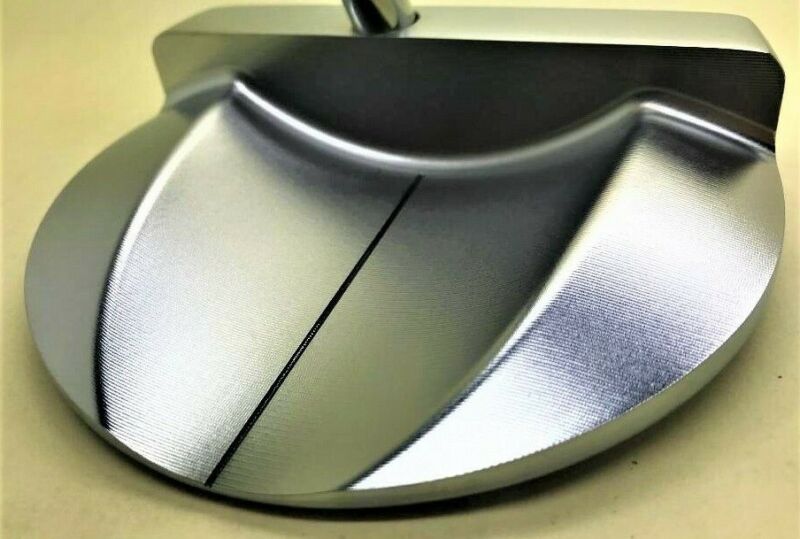Does 1 Degree Lie Angle Make Difference?
Lie angle is a crucial aspect of club fitting that can significantly affect a golfer’s shot accuracy, trajectory, and overall performance.
This critical club attribute has often been a subject of debate, particularly when discussing the significance of minor adjustments, such as a 1-degree change.
This comprehensive analysis examines the effects of a 1-degree lie angle modification on your game, offering valuable insights to understand its implications.
Understanding Lie Angle

The lie angle is the area between the ground and the shaft when you place the club in the correct address position.
This angle is crucial for solid contact with the golf ball for accurate shots.
An improper lie angle can result in off-center strikes, causing shots to deviate from their target line, also known as directional misses.
The Effect of Lie Angle on Directional Misses
A golf club’s lie angle significantly influences the directional outcome of a shot.
When a club’s lie angle is too upright, the toe of the club rises from the ground at impact.
This causes the clubface to point left of the target line (for right-handed golfers) and promotes a pull or a hook.
Conversely, when the lie angle is too flat, the club heel lifts from the ground, pointing the clubface to the right of the target line (for right-handed golfers), resulting in a push or a slice.
The Influence of a 1-Degree Lie Angle Adjustment
While a 1-degree lie angle adjustment may seem inconsequential, its impact on a golfer’s performance is anything but negligible.
A minor modification in lie angle can result in a notable difference in shot dispersion and accuracy.
For instance, a 1-degree change in lie angle for a 7-iron can lead to a lateral shot deviation of approximately 4 to 5 yards.
This variation in shot dispersion can be magnified for long irons, with the possibility of larger discrepancies in shot accuracy.
The Importance of Custom Club Fitting
Custom club fitting has emerged as an indispensable element in optimizing a golfer’s performance.
During a fitting session, a qualified club fitter meticulously evaluates an individual’s swing characteristics, physical attributes, and equipment to ascertain the optimal lie angle for each club.
This process ensures that the golfer’s clubs are tailored to their specific requirements, promoting solid contact, improved accuracy, and enhanced performance.
The Dynamic Lie Angle
The lie angle at address and impact, known as the static and dynamic lie angles, can differ substantially.
A golfer’s swing dynamics, including their swing plane, release pattern, and club head speed, can all contribute to alterations in the lie angle during the swing.
Consequently, while a 1-degree lie angle adjustment based on static measurements might seem adequate, it may not necessarily translate to optimal performance on the course.
This discrepancy further underscores the significance of custom club fitting and the need for a comprehensive evaluation of a golfer’s swing to ensure appropriate lie angle adjustments.
Conclusion
A 1-degree lie angle modification can substantially influence a golfer’s shot accuracy and trajectory.
While such an adjustment may not seem significant, it can result in discernible variations in shot dispersion, particularly with long irons, ultimately affecting a golfer’s performance on the course.
Custom club fitting is essential in ensuring that a golfer’s equipment is tailored to their specific requirements.
It promotes optimal shot accuracy, solid contact, and overall enhanced performance.
As a golfer’s swing dynamics can impact the lie angle at impact, it is imperative to consider both static and dynamic lie angles when making adjustments.
By considering these factors, club fitters can provide personalized recommendations that cater to each golfer’s unique swing characteristics and physical attributes.
Related Posts:
- Maxfli Softfli vs. Straightfli: Which is Better?
- Nippon vs. KBS Shafts: Which Is Better?
- Vice Pro vs. Pro Plus: What are the Differences?

Want to Get Better at Golf?
Get "Ben Hogan's Five Lessons" and join thousands of others improving their golf skills.
Learn the Fundamentals: Stance and Posture > Golf Grip > The Swing.
This book has LOADS of positive reviews. THOUSANDS OF REVIEWS. A MILLION COPY SOLD. CHEAP!
Get the Book Here
